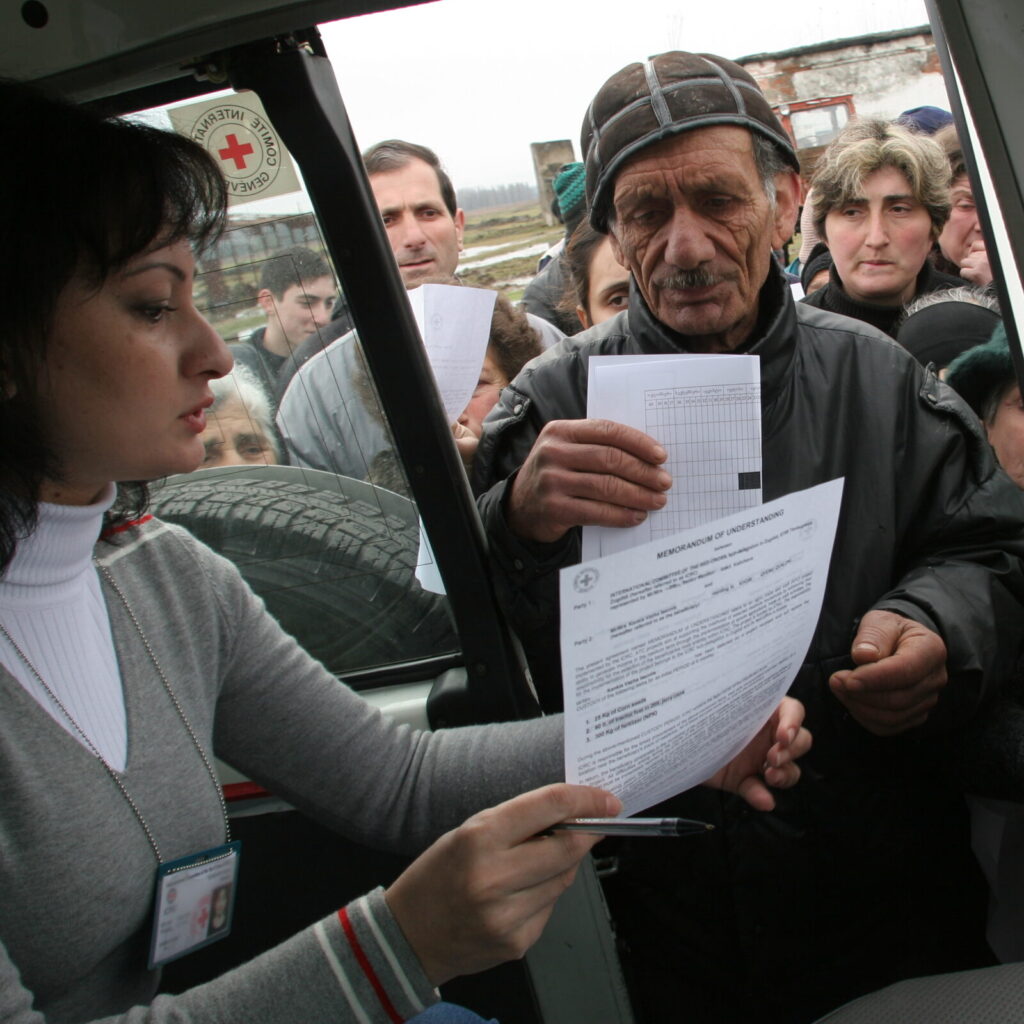November 2021 – October 2025
Satellite images are increasingly being used by conflict parties and third-party actors to influence or mitigate the effects of armed conflicts. For humanitarian actors such as the ICRC, comparing changes on the ground over time through satellite images offers a non-intrusive form to complement on-the-ground activities. This is particularly valuable for gathering information in areas that are difficult to access or pose high-security risks for staff members.
It may be distinguished between remote documentation on an on-demand basis to verify a specific event and remote monitoring to systematically collect information about changes on the ground as early warning mechanisms, assessment instruments or for detection of humanitarian law violations.
The ICRC already uses satellite images on an on-demand basis, manually assessing high-resolution images to verify and document humanitarian law violations. To do so, it purchases satellite images and processes them manually. While this works for a limited number of incidents and on a reactionary basis, the process does not scale up for systematic monitoring of conflict contexts because it is too labour-intensive, specialized expert know-how is required, and high-resolution images are costly. Open-source images are freely available but with insufficient resolution for many changes to be perceivable by the human eye.
The project therefore aims to develop an automated monitoring tool that combines deep learning with open-source satellite images allowing the ICRC to monitor entire conflict areas in near-real time.
The research would fill a gap since deep learning methods that automatically identify a wide range of types of damage at country-scale caused by armed conflicts have not yet been developed.
ETH PIs: Prof. Konrad Schindler, Prof. Jan Dirk Wegner (Ecovision Lab & University of Zurich), Dr. Valerie Sticher (Center for Security Studies)
Partner: Dr. Thao Ton-That Whelan (ICRC), Jonathan Drake (American Association for the Advancement of Science), Martin Wählisch (UNDPPA Innovation Cell)
Photo: ICRC

